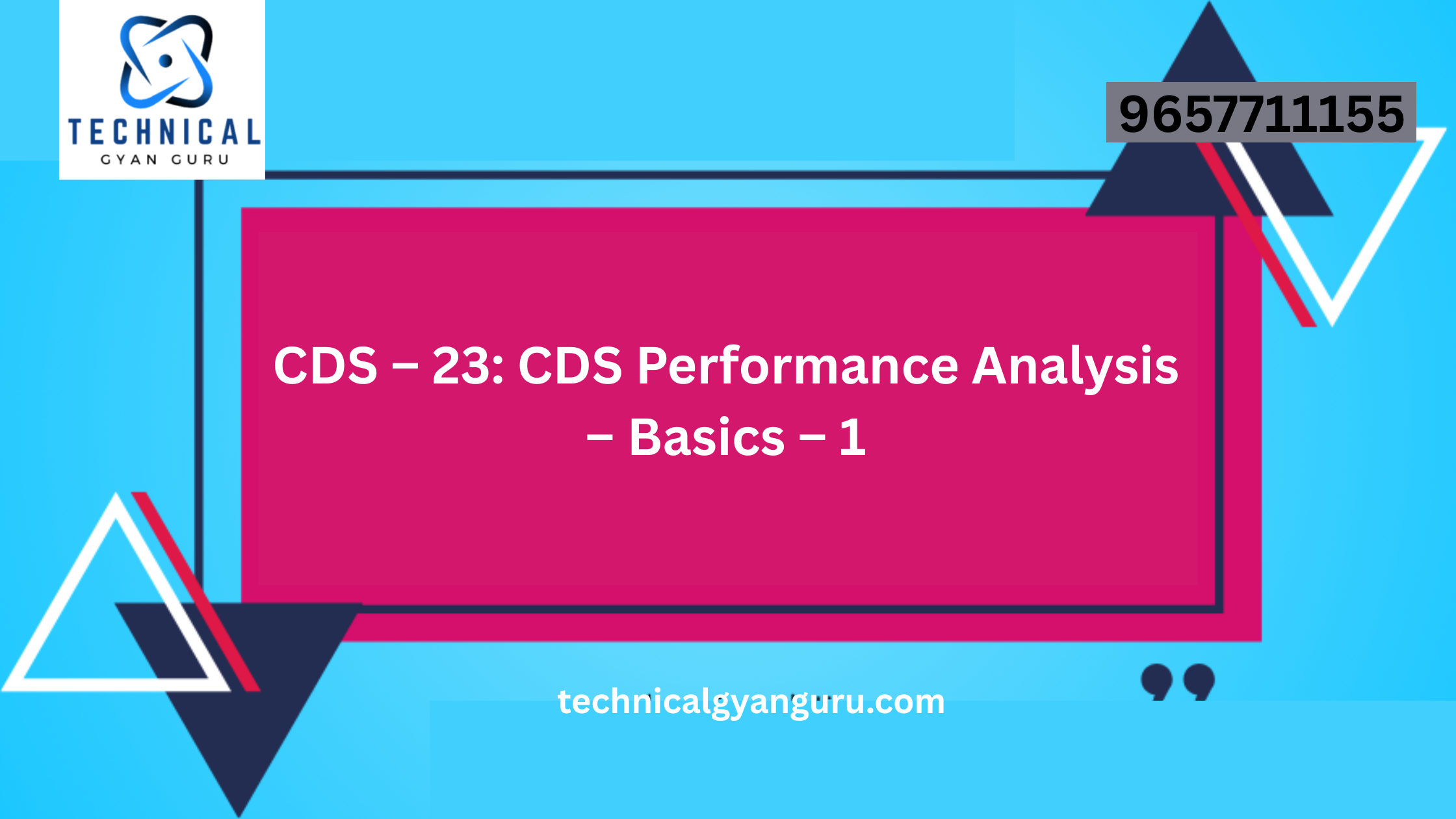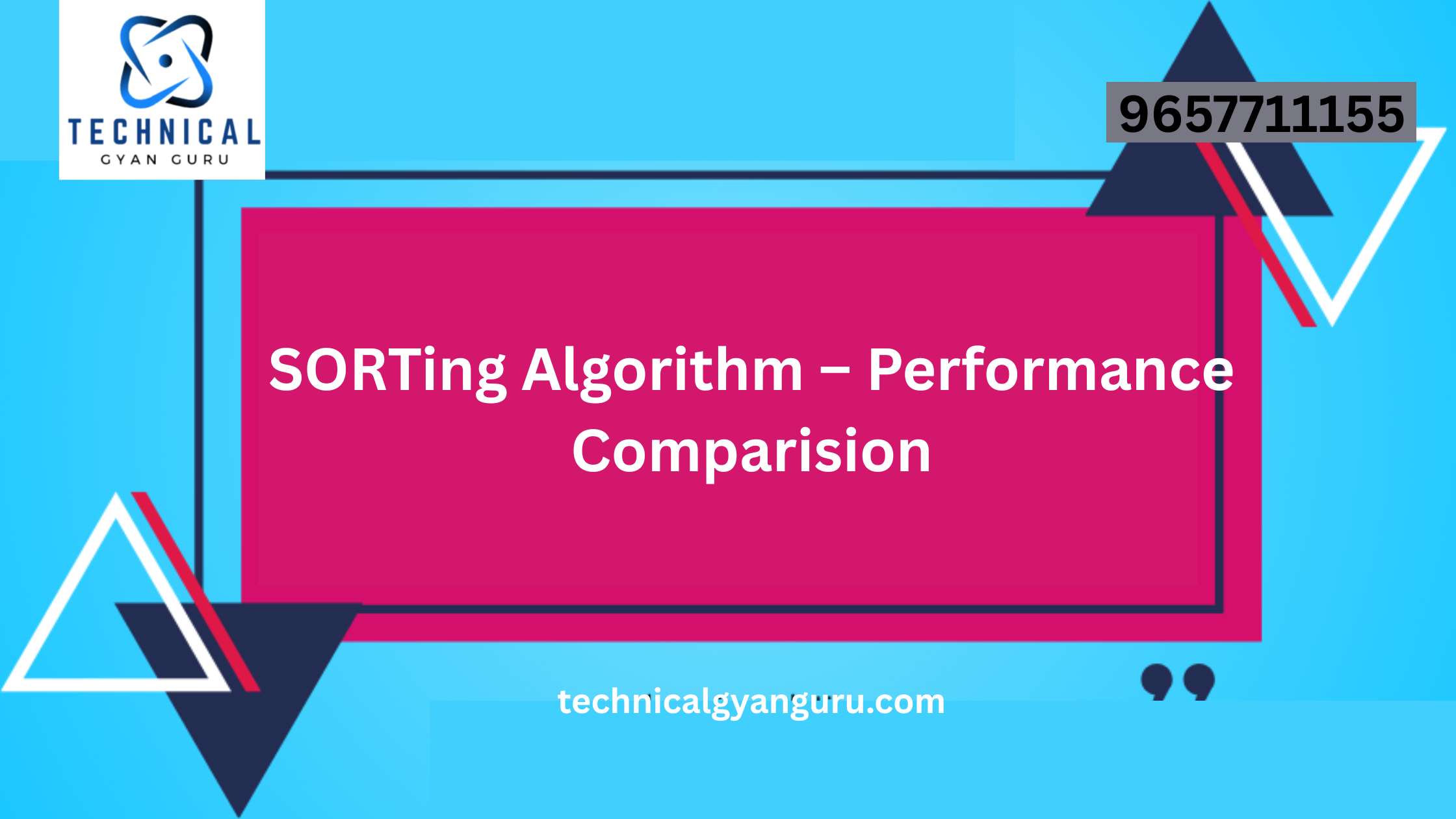Introduction: SAP FI – Accounts Payable
SAP FI – Accounts Payable: In the realm of enterprise resource planning (ERP), SAP FI (Financial Accounting) stands out as a comprehensive solution for managing financial processes. Within SAP FI, the Accounts Payable (AP) module plays a pivotal role in handling the financial aspects related to vendor transactions. In this blog, we will explore the intricacies of SAP FI – Accounts Payable, shedding light on its significance, key features, and best practices for optimal financial management.
I. The Significance of SAP FI – Accounts Payable:
- Efficient Invoice Processing: SAP FI – Accounts Payable streamlines the invoice processing workflow, from the receipt of invoices to their payment. This efficiency reduces manual efforts, minimizes errors, and accelerates the entire accounts payable cycle.
- Vendor Relationship Management: Effective management of vendor relationships is crucial for any business. SAP FI – Accounts Payable provides a centralized platform for maintaining vendor records, tracking transactions, and facilitating transparent communication, contributing to healthy vendor relationships.
- Accurate Financial Reporting: By automating accounts payable processes, SAP FI ensures the accuracy of financial data. This accuracy is vital for generating reliable financial reports, aiding stakeholders in making informed decisions based on up-to-date and precise information.
II. Key Features of SAP FI – Accounts Payable:
- Invoice Verification: SAP FI – Accounts Payable includes robust tools for invoice verification, allowing businesses to match purchase orders, goods receipts, and vendor invoices. This verification process ensures that payments are made only for valid and authorized transactions.
- Payment Processing: The module facilitates efficient payment processing by enabling businesses to schedule payments, configure payment methods, and integrate with banking systems. This streamlines the payment cycle, reducing the risk of late payments and optimizing cash flow management.
- Vendor Master Data Management: SAP FI – Accounts Payable centralizes vendor master data management. This includes maintaining vendor details, payment terms, and credit limits. A well-managed vendor master data ensures accurate transaction processing and compliance with contractual agreements.
- Integration with General Ledger: Accounts Payable seamlessly integrates with the SAP FI General Ledger module. This integration ensures that all accounts payable transactions are accurately reflected in the general ledger, maintaining financial transparency and consistency.
III. Best Practices for SAP FI – Accounts Payable:
- Regular Reconciliation: Conduct regular reconciliation of accounts payable to identify and rectify discrepancies promptly. This practice ensures that the financial records accurately reflect the company’s liabilities.
- Automation of Invoice Approval Workflows: Leverage SAP FI’s automation capabilities to streamline invoice approval workflows. Automated approval processes reduce delays, improve accuracy, and enhance overall efficiency in handling invoices.
- Comprehensive Training for Users: Provide comprehensive training to users involved in accounts payable processes. A well-trained team ensures that SAP FI – Accounts Payable is utilized to its full potential, maximizing efficiency and minimizing errors.
- Adherence to Compliance Standards: Stay informed about local and international compliance standards related to accounts payable. Regularly update SAP FI configurations to align with these standards, ensuring legal adherence and avoiding penalties.
Conclusion:
SAP FI – Accounts Payable serves as the backbone for managing vendor-related financial processes within the SAP ecosystem. By harnessing its features and implementing best practices, organizations can optimize their accounts payable workflows, ensuring financial accuracy, efficiency, and compliance with industry standards. In doing so, businesses can pave the way for financial harmony and success in their ERP journey.







